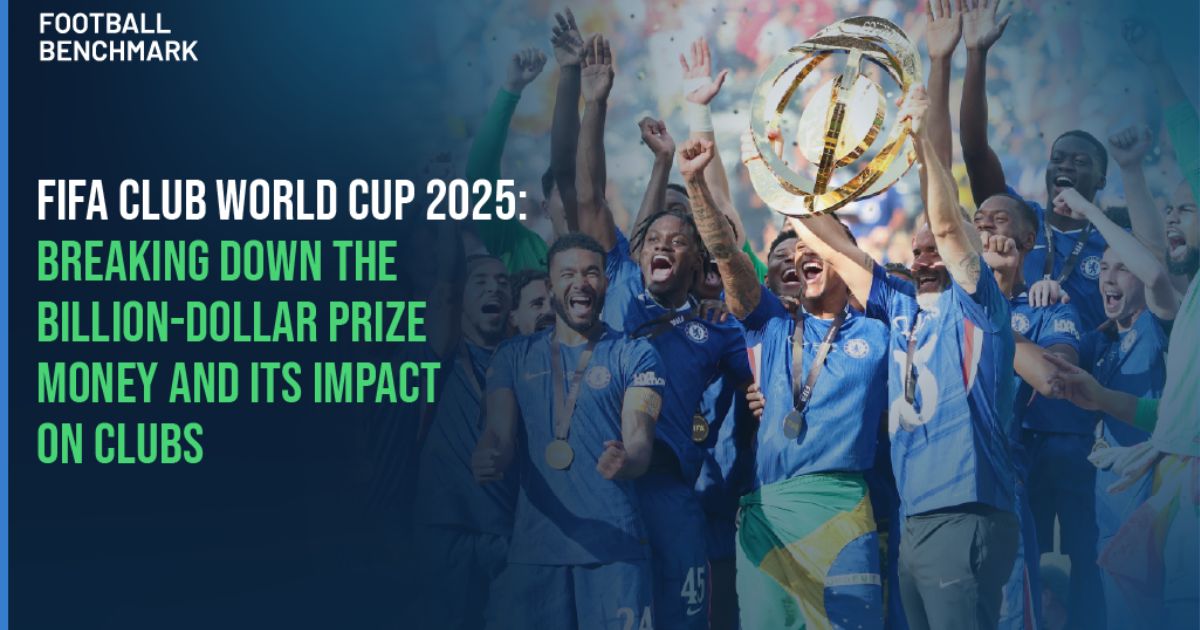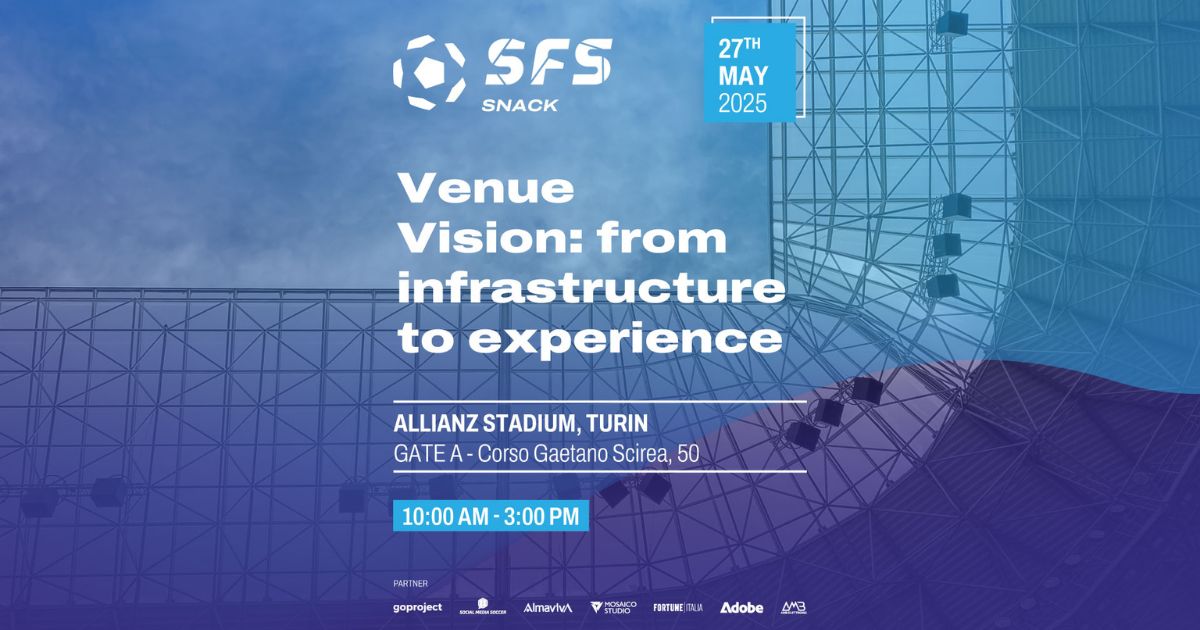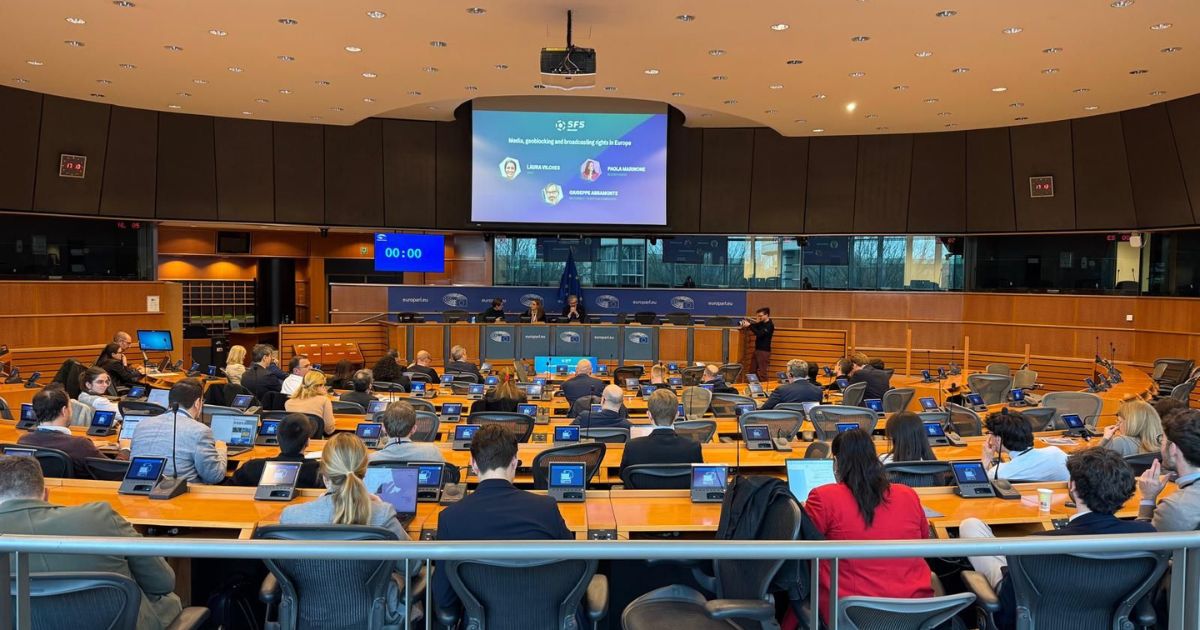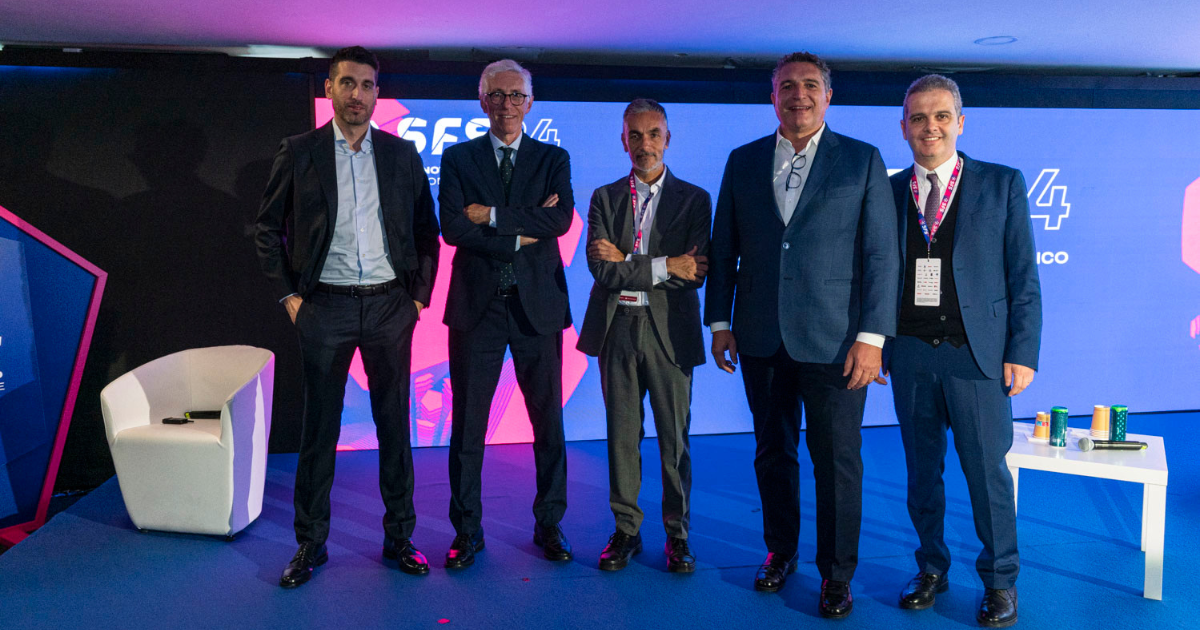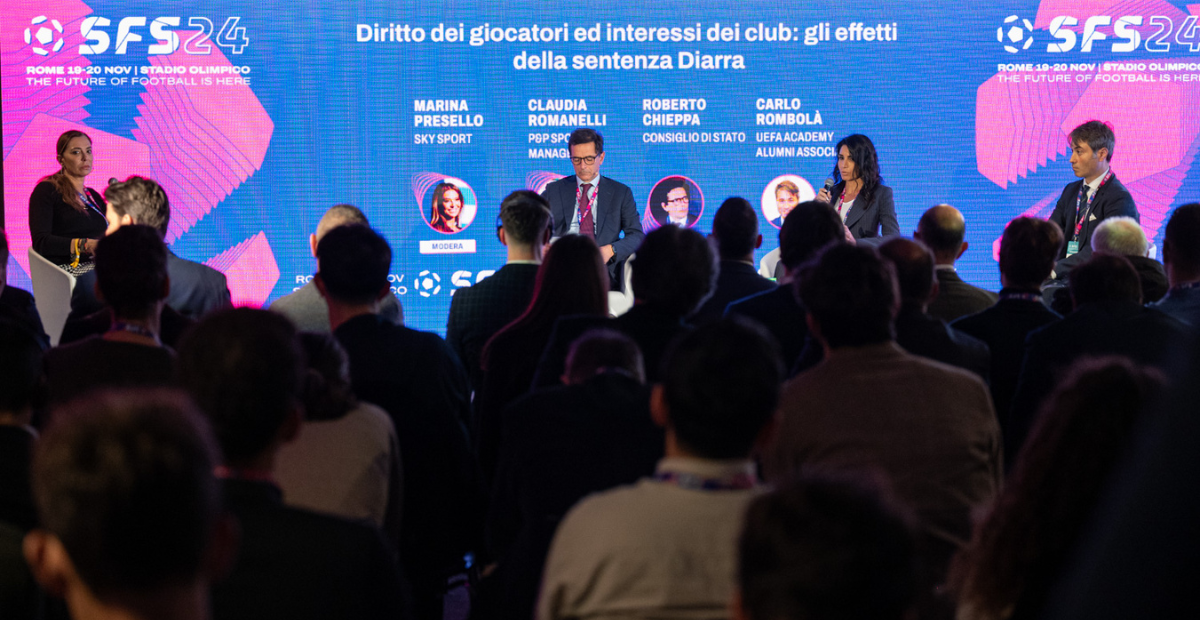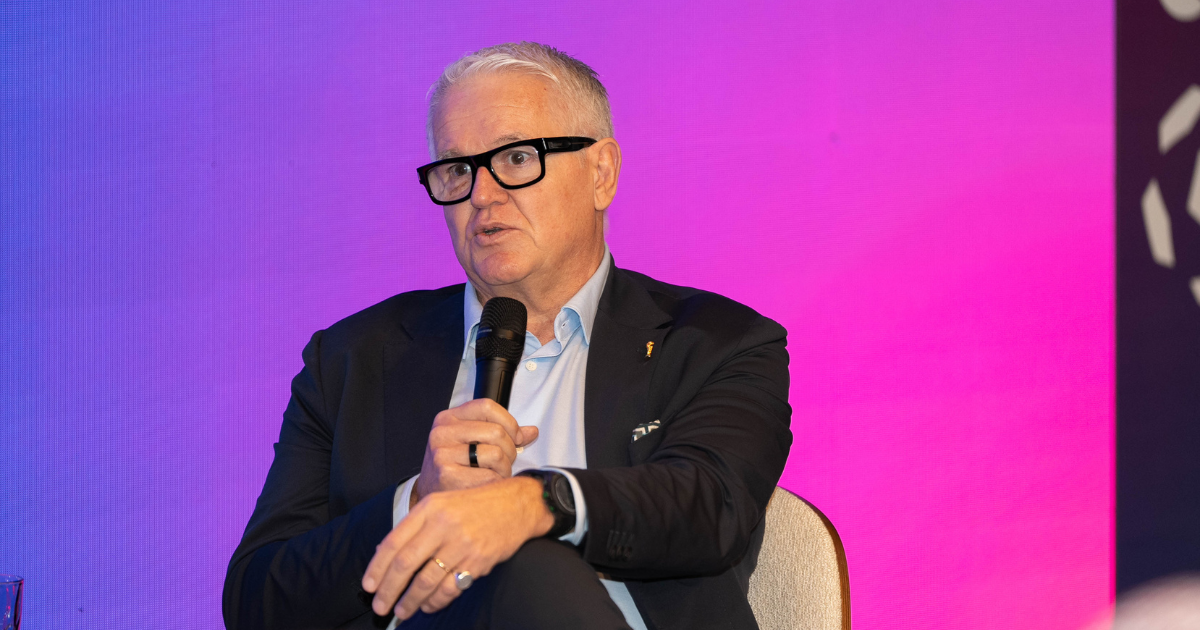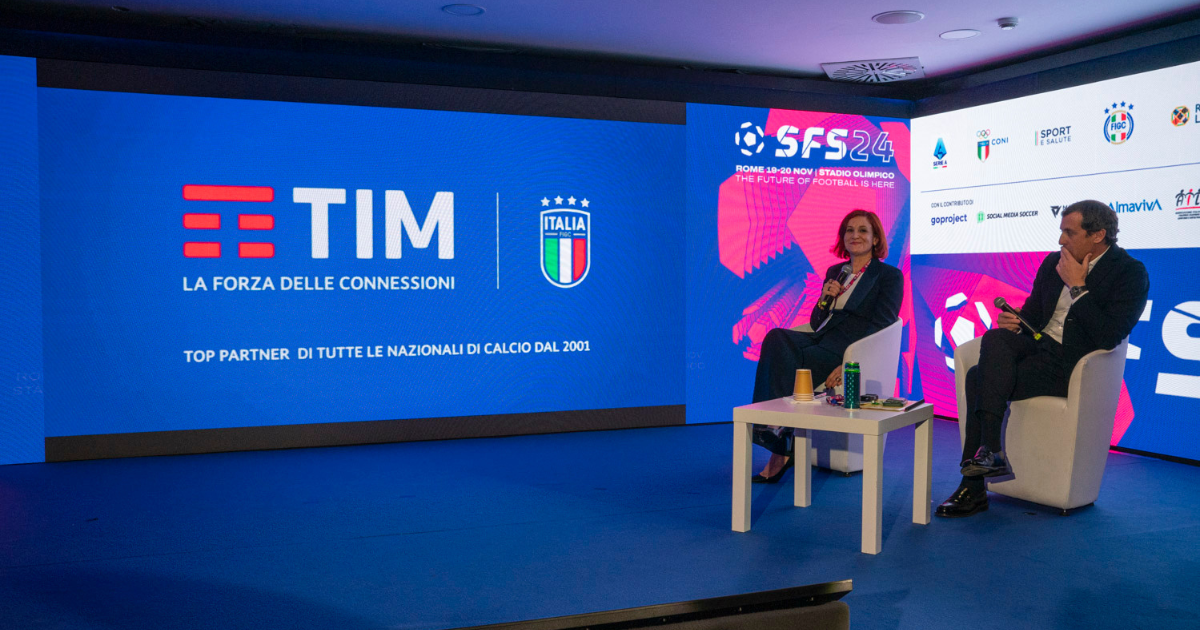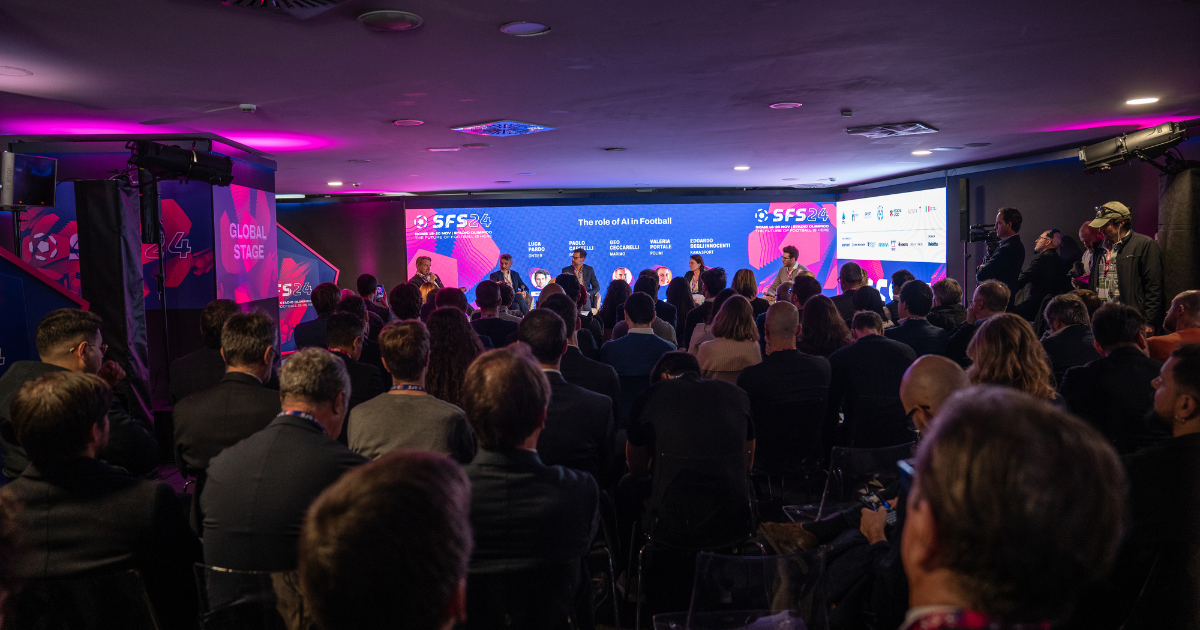Analysis by Football Benchmark
With USD 1.25 billion allocated through prize money and solidarity payments, the expanded FIFA Club World Cup offers a practical example of how global competitions are influencing club revenues and shifting the financial landscape across regions and tiers of the game. While the highest earners were familiar names, the data reveals a more nuanced picture. European clubs from outside the “Big Five” leagues, as well as those with lower annual revenues globally, experienced significant financial impacts relative to their size. At the same time, the tournament’s access list and distribution mechanism enabled participating clubs to generate substantial new revenue, a dynamic that may influence competitive balance within domestic leagues around the world. This analysis examines how prize money was distributed, the amount individual clubs earned, and how these earnings compare to each club’s usual financial environment, highlighting both the scale and strategic implications of football’s newest global event.
How prize money was shared across participating clubs
The USD 1 billion prize pot was divided across two pillars (a participation pillar and a sporting performance pillar) with an additional USD 250 million in solidarity payments to non-participating clubs around the world.
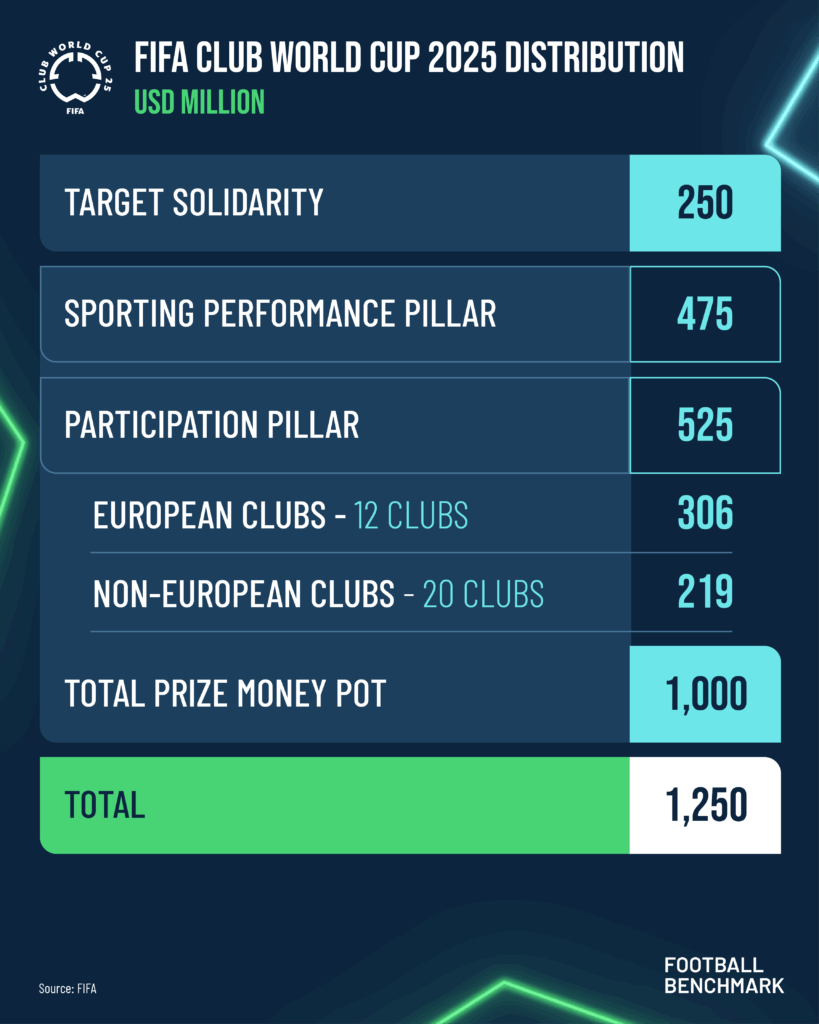
The participation pillar accounted for USD 525 million, with the remaining USD 475 million allocated based on sporting results. European clubs (12 participants) received an estimated USD 306 million from the participation pillar, with non-European clubs (20 participants) sharing the remaining USD 219 million. The tournament’s prize money distributions were underpinned in part by FIFA’s global media rights agreement, where DAZN reportedly paid approximately USD 1 billion to secure exclusive global broadcast rights. While the solidarity payment, a target of USD 250 million, was a one-off tied to a single tournament, the amount stands out in context. For reference, UEFA expects to distribute EUR 308 million (around USD 360 million) per year in solidarity payments to non-participating clubs over the 2024-2027 cycle.
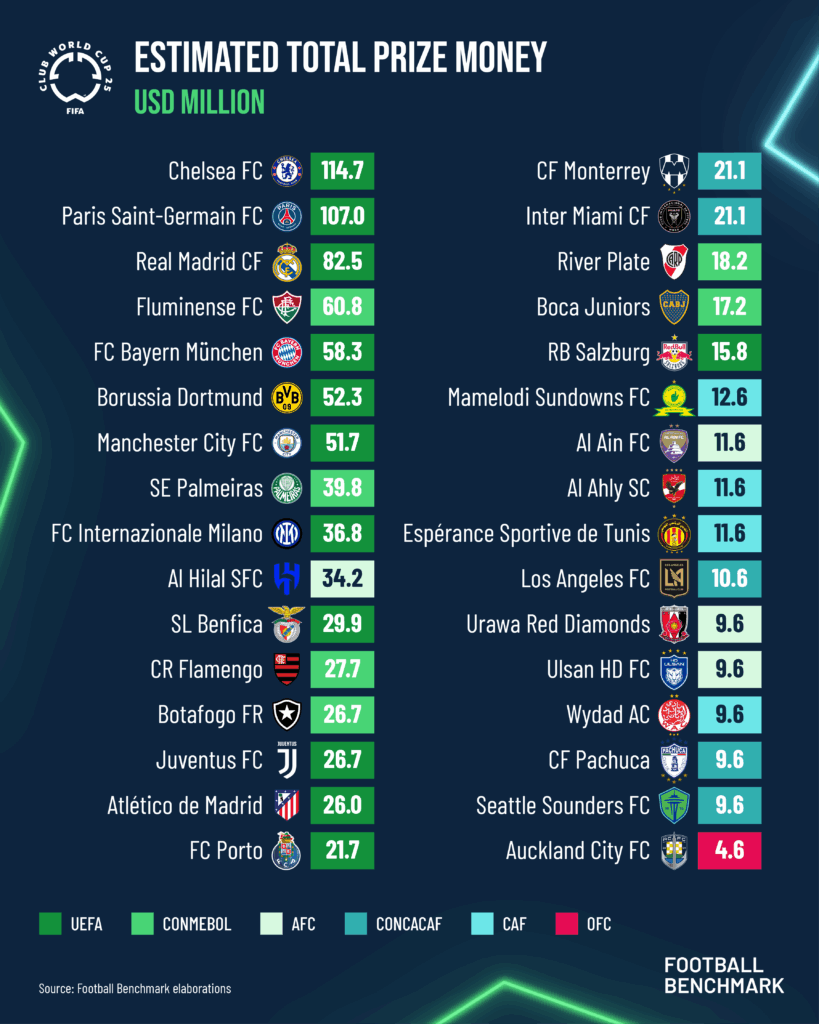
Winners Chelsea topped the earnings list with an estimated USD 114.7 million, a particularly significant sum given that the club’s revenues were negatively impacted by the missed participation to the UEFA Champions League in the 2024-25 season. In addition, in the context of recently imposed UEFA sanctions on the club, the prize money provides a timely financial boost. Paris Saint-Germain followed closely with USD 107 million, ahead of Real Madrid (USD 82.5 million) and Fluminense, the highest-earning non-European club, at USD 60.8 million.
For clubs exiting in the group stage, the tournament still delivered meaningful returns. Urawa Red Diamonds, Ulsan HD, Wydad AC, CF Pachuca, and Seattle Sounders FC each earned USD 9.6 million, while Auckland City FC received USD 4.6 million. These amounts remain substantial compared to many domestic and continental rewards. While European clubs dominate the top end of the distribution, the tournament created financial uplift across all confederations. For example, the minimum payout to African participants was more than double the top prize available in the CAF Champions League, while in Concacaf, it comfortably surpassed the USD 5 million ceiling of the region’s Champions Cup. The Club World Cup’s expanded format has, therefore, opened a new tier of financial opportunity for clubs worldwide.

When assessing the tournament on a per-match basis, Chelsea earned an estimated USD 16.4 million per game, followed by Paris Saint-Germain at USD 15.3 million and Real Madrid at USD 13.8 million. For context, PSG’s average per-match earnings from their triumphant 2024/25 UEFA Champions League campaign were around USD 10 million, significantly lower than their equivalent earnings per match at the FIFA Club World Cup, despite finishing runners-up. While the UEFA Champions League still delivers the highest overall returns across a season, the Club World Cup ranks strongly in per-match value, particularly for clubs reaching the final stages.
Returns across AFC, CAF, and Concacaf clubs were more levelled, with most earning between USD 3-4 million per game, figures that remain significant in their local contexts. Mamelodi Sundowns FC, for example, earned an estimated USD 4.2 million per match, exceeding the aforementioned total prize awarded to the winner of CAF’s elite club competition. At the lower end, Auckland City FC received an estimated USD 1.5 million per match, remarkably close to the USD 1.7 million per-match value earned by Chelsea for winning the 2025 UEFA Conference League.
Evaluating the impact on club finances
The significance of prize money for participating clubs becomes clearer when viewed in relation to each club’s most recent annual revenues. For the vast majority of European and South American clubs, estimated earnings from the tournament account for between 5% and 15% of their latest available operating revenues. While notable, this represents a limited, recurring impact, given that it is a one-time income stream that occurs only once every four years. Chelsea and Fluminense stand out as exceptions, with prize money equivalent to approximately 18% and 73% of their latest annual revenues, respectively. Among European clubs outside the “Big Five” leagues, the share of FIFA Club World Cup income in relation to their most recent operating revenues ranges from 11% for FC Porto and RB Salzburg to 14% for SL Benfica. Focusing on the Portuguese clubs, SL Benfica and FC Porto earned an estimated USD 30 million and USD 22 million, respectively. These sums represent a significant boost relative to their typical revenue levels.
In Austria, RB Salzburg earned approximately USD 16 million, a figure that could help them in reinforcing their domestic advantage. Sturm Graz, who challenged for the league title and appeared to disrupt Salzburg’s long-standing domestic dominance, were not present. The financial return Salzburg collected from the tournament could widen the gap once more, despite Sturm Graz’s recent on-pitch progress. By contrast, for clubs from other confederations, particularly OFC, CAF, and partially AFC, the relative impact of the prize money can be far more significant. The most extreme example is Auckland City FC, whose USD 4.6 million payout is nearly eight times their most recently reported revenue of approximately USD 0.6 million. Similarly, African clubs such as Mamelodi Sundowns FC and Wydad AC may see their revenues nearly double as a result of their participation.
This comparison reveals that, while the absolute figures often favour elite clubs, the relative financial impact is most profound for those with smaller revenue bases. For such clubs, even a single appearance in the tournament can meaningfully influence financial planning and investment strategies.
The financial legacy of the 2025 tournament
The 2025 FIFA Club World Cup is injecting unprecedented revenue into clubs across a wide spectrum of markets. For some, it represented a strategic boost in a financially challenging season; for others, it was a transformative event that far exceeded their usual revenue base. But while these short-term effects are significant, the tournament’s long-term legacy will depend on whether it can drive broader, systemic development in the global club game. Many participating clubs operate in domestic environments that lack strong football economies, where limited media rights, commercial depth, or structural investment constrain sustainable growth. For these markets, global exposure alone is not a guarantee of progress. The real opportunity lies in whether the Club World Cup can help elevate the relevance and value of regional competitions, turning qualification into a strategic goal that drives investment, improves competitiveness, and ultimately strengthens the foundation of club football in each region. Crucially, this will also depend on how the tournament manages the challenge of integrating clubs from vastly different realities, not just in terms of quality, but also commercial infrastructure and domestic context. This is not a challenge unique to FIFA. UEFA faces a similar dynamic in the distribution of Champions League revenues, where large prize money inflows may also distort the reality of second- and third-tier markets. Both models must navigate the same underlying issue: how to deliver global value while protecting the integrity and development of domestic ecosystems.
The Club World Cup now sits at the intersection of global ambition and local fragility. Its long-term success will hinge on strategic alignment, ensuring that the financial excitement it generates is channelled back into the regions, competitions, and structures that make up the broader football pyramid. The Club World Cup has opened a new financial chapter in global football. Whether it becomes a catalyst for systemic development or a symbol of further polarisation will depend on the choices made from here.
FIFA Club World Cup 2025: Breaking down the billion-dollar prize money and its impact on clubs
Analysis by Football Benchmark With USD 1.25 billion allocated through prize money and solidarity payments, the expanded FIFA Club World Cup offers a practical example of how global competitions are influencing club revenues and shifting the financial landscape across regions and tiers of the game. While the highest earners were familiar names, the data reveals a more nuanced picture. European clubs from outside the “Big Five” leagues, as well as those with lower annual revenues globally, experienced significant financial impacts relative
SFS BRINGS THE FUTURE OF SPORTS VENUES TO TURIN
On May 27 at the Allianz Stadium in Turin, a full day of meetings, networking, and innovation focused on the future of sports venues A new stop of the SFS Snack format will take place at Allianz Stadium in Turin on May 27 with the event “Venue Vision: from infrastructure to experience”, dedicated to the evolution of sports venues as hubs of innovation, entertainment, and fan engagement. National and international experts will share their insights on how stadiums are becoming true experiential ecosystems, going far
SFS at the European Parliament: A Success for the Future of European Football
SFS Snack Brussels – Football and Europe: rules, rights and priorities The SFS Snack Brussels event concluded with great success, bringing the debate on European football governance to the heart of European institutions. Hosted at the prestigious European Parliament, it provided a unique opportunity for institutions, experts, and industry professionals to discuss the regulatory, economic, and social challenges that will shape the future of football in Europe. The event was introduced by institutional remarks from MEP Nicola Zingaretti "uniting Europe means uniting society and
Exclusive SFS24: the Serie A festival presented
During SFS24, Lorenzo Dallari (Editorial & Social Director of Lega Serie A) and Luigi De Siervo (CEO of Lega Serie A) presented the upcoming edition of the Serie A Festival, an event designed to bring Italy’s top football league closer to the general public. The festival offers a space for dialogue, discussion, and the celebration of football in all its facets. The event, created with the goal of showcasing Serie A in an innovative and accessible way, will take place from
The Diarra Case and Sports Justice: Football Between Courts and International Regulations
Can a court judgement change the rules of the game?The panel “Players’ rights and club interests: the effects of the Diarra ruling” shed light on one of the most complex cases in modern sports justice, sparking new reflections on the balance between sports law and EU law. Moderated by Sky Sport journalist Marina Presello at SFS24, the panel featured Claudia Romanelli (P&P Sport Management), Roberto Chieppa (President of Section at Consiglio di Stato), and Carlo Rombolà (UEFA Academy Alumni Association). Lassana
Stop Piracy: How the Piracy Shield Protects the Future of Football
Illegal streaming continues to threaten the economic sustainability of football and sports in general. During the ‘#Stopiracy‘ panel held at the Stadio Olimpico as part of the SFS event, moderated by DAZN journalist Giusy Meloni, experts and institutional representatives analyzed the challenges and solutions to tackle the phenomenon. Among the panel’s guests: Antonio Amati (IT General Manager at Almaviva), Gaetano Cutarelli (Colonel, Guardia di Finanza), Romano Righetti (General Counsel, DAZN Italia), Massimiliano Capitanio (Commissioner, AGCOM), and Luigi De Siervo (CEO,
SFS Saudi Edition: Making the Arabian Peninsula an attractive sports platform and a global tourist destination
"Sport, and the tourism associated with it, is an integral part of Saudi Vision 2030. The ultimate goal is to make the Arabian Peninsula an attractive sports platform and a global tourism destination", stated the Deputy General Secretary of SAFF Ibrahim Alkabbaa during the session 'Sports Tourism and Major Events: Opportunity and Impact of Football Competitions' held as part of the SFS Saudi Edition. To discuss it with him, Laith Khayyat (Executive Director of Strategy and PMO – Mahd Sports Academy),
SFS Saudi edition: Football, Investments and new global visions
At the SFS Saudi Edition, within a framework of internationalization and enhancement of the Serie A product, globally renowned guests from the football industry participated. Carlo Baldocci, the Italian ambassador to Saudi Arabia, Ezio Maria Simonelli, the newly elected president of the Serie A League, and Abdulrahman Justaniah, Deputy Minister for Strategic Planning and Investments at the Saudi Ministry of Sports, opened the scheduled panels with institutional greetings addressed to the audience and those streaming the event on the Summit's
TIM and FIGC: 25 Years of Winning Connections in Sports
The partnership between TIM and FIGC is a long-standing one, soon to celebrate its 25th anniversary. A journey that began in 1999 between two similar organizations, both representing Italian identity and committed to values such as sports and solidarity. During a panel moderated by DAZN journalist Barbara Cirillo, Giovanni Valentini – Head of Revenue Area and Deputy General Secretary of FIGC – and Sandra Aitala – Head of Brand Strategy and Commercial Communication at TIM – reflected on the initiatives promoted
Exploring AI’s Role in Football at SFS24
On the first day of the Summit, several experts and professionals specializing in artificial intelligence analyzed and delved into the role it will play in the football industry. Hosted by lawyer Luca Pardo, the panel featured Valeria Portale (Researcher, School of Management, Politecnico di Milano), Geo Ceccarelli (Chief Information Officer, Marimo), Edoardo Degli Innocenti (CIO, Kama Sport), and Paolo Capitelli (Communities of Practice Director, Reply). The use of data in football dates back to the era of Arrigo Sacchi’s AC Milan,



